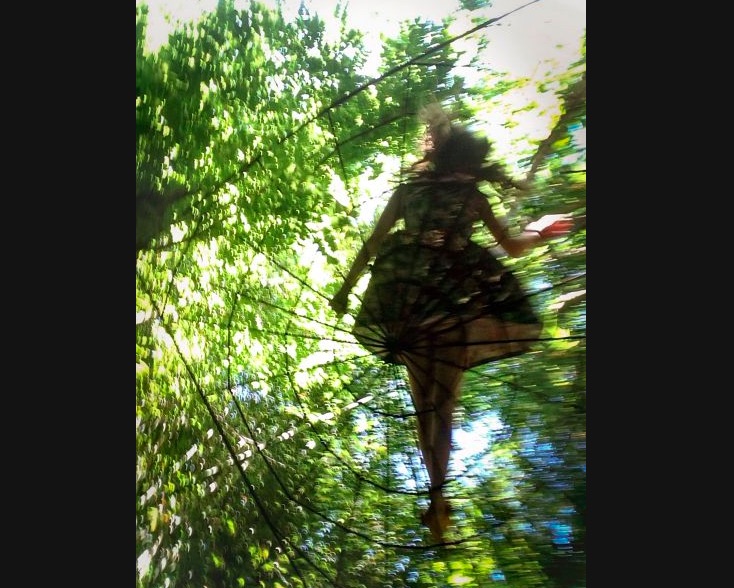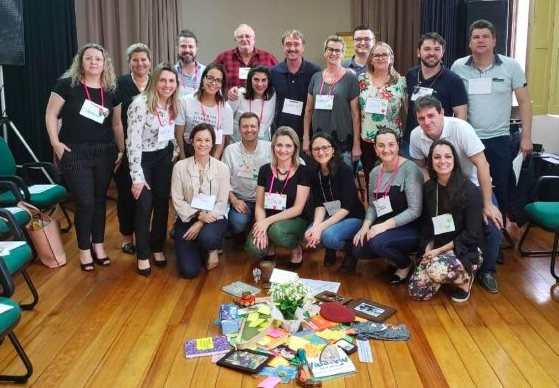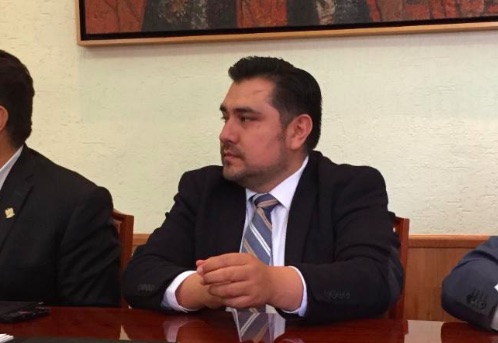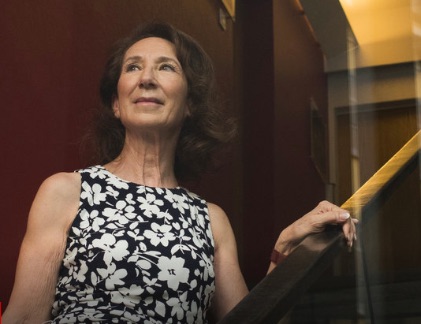EDUCATION FOR PEACE .
A blog by KEN BUTIGAN for Pace e Bene
In 1989, a handful of friends found themselves mulling on how they could promote a culture of nonviolence – a culture where people everywhere could let go of a deep-seated belief in violence and, instead, could live the power of nonviolent options. Pace e Bene Nonviolence Service was the result. Taking its name from a greeting St. Francis of Assisi used in his own time meaning “peace and all good,” Pace e Bene set out to contribute to a growing movement for nonviolent alternatives. I joined a year later.
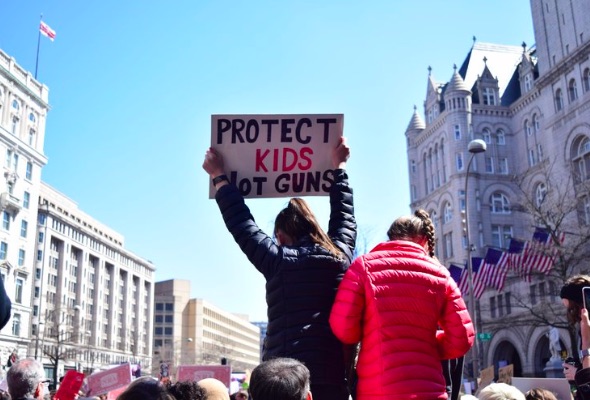
In the wake of the horrific mass shootings this past weekend in Texas and Ohio, I’ve been reflecting on what Pace e Bene has learned over these three decades, and how these lessons are needed now more than ever. Thirty years of experience, action, reflection, writing, publishing, and programming – including leading a thousand trainings – have increasingly convinced us of the liberating power of creative nonviolence.
This was a slow process, in which we gradually came to see how nonviolence is a powerful force, an active method for change, and a thoroughgoing way of life. We slowly saw that nonviolence is not a “non-word” but a path with heart confronting violence without using violence and, at the same time, fostering transformation, justice, and the well-being of all. Step by step we realized that, what started out for most of us as a tactic of protest, was in fact a universal ethic. The paradigm of violence is harsh and pervasive, but there is a qualitatively different operating system available to us, one on which our survival depends.
The killings this past weekend (compounding the tsunami of violence – direct, cultural and structural – that washes over the world daily) are the consequence of the uncritical allegiance to the violence paradigm, a system of domination and threat that projects itself as reality. “This is how the world is,” it teaches us in countless ways from the moment we are born. But it is not reality. It is a highly sophisticated script that weaves together our worst tendencies —our fear, our anger, our greed, our small self—and creates a culture of violence and oppression in which we are conscripted and for which we are expected to live and die.
Fortunately, there is an alternative. We know this from a long lineage of sages who have tipped us off to the nonviolent option, but also from commonsense. If violence were the default, the human species would have destroyed itself long ago, with the retaliatory and escalatory logic of violence spinning out of control and into extinction. It is the secret history of nonviolence that has – hour by hour, day by day, year by year, century by century – kept this from happening. As Gandhi said, “Nonviolence is as old as the hills,” but he also stressed that this history has largely been ignored and undocumented. Over the last century – largely sparked by Gandhi’s modern adaptation and application of the ancient Hindu term ahimsa [“nonviolence”] in leading movements for freedom in South Africa and India – people throughout the world have explicitly excavated and applied this “third way” beyond violence and passivity.
(Article continued in the right column)
Question for this article:
Can peace be guaranteed through nonviolent means?
(Article continued from the left column)
Nonviolence is an intrinsic tendency that all human beings have – and this latent power of love in action can be tapped to deal with conflict and violence more effectively than the other options at our disposal: retreat, accommodation, or counter-violence. But if this power is trivialized or suppressed, we won’t access it. We will go on tapping the power of violence – and reinforcing the self-fulfilling prophecy of violence. We will continue to be caught in the violence trap.
Sometimes, though, there are moments where the search for the alternative beyond violence and passivity becomes so urgent that nonviolence—as a paradigm of the fullness of life, as a universal ethic—can suddenly be glimpsed as an option. The stereotypes that have long dogged nonviolence (that it is ineffective, passive, weak, utopian, naïve, unpatriotic, marginal, simplistic, and impractical) can peel away long enough to see that a nonviolent culture in its most robust and comprehensive sense is the only practical solution.
This may be a moment for just such a new direction.
The mass shootings in El Paso and Dayton (number 27 and 28 in the US this year, according to one count) demonstrate the bankruptcy of the violence paradigm. But, ironically, they also illuminate that the nonviolent operating system is also present, as seen in the reaction to these horrendous events. The public has recoiled against the “normalization” of such slaughter. Between the lines of this outcry is the bedrock assumption that violence is anti-human and that a culture free of violence should be the default.
What’s largely missing, though, is the way to get there. That’s where active, creative and relentless nonviolence comes in.
Nonviolence is not an end goal – it is a process. It is a process of envisioning an alternative, re-framing our thinking to foster this alternative, and living our way into this alternative. It is a way of being – but also a way of building a culture where, in effect, it is easier to be nonviolent. It is both what we can call “soul work” and “society work.”
What would our “soul work” entail in light of massive gun violence, for example?
First, we must once and for all tell ourselves that we are done with violence. Enough is enough. If we have been trained in violence, then we must get “un-trained.” This begins with making a solemn pledge in the secrecy of our heart that we are letting go of all the ways we support violence. This fundamental re-orientation can lead us to learning, healing, taking stock and taking action. A long process of secret confession and transformation may await, but it can start today.
And what of our “society work”? We must join grassroots movements laboring to create laws, policies, structures, and cultures where the lives of human beings have priority over the absolutization of guns. The sanctity of existence takes precedent over unrestricted access to guns. As we saw this weekend, guns were used to enforce and perpetuate the violence system (and, in these cases, its preeminent value of white supremacy). Our long-term “society work” will not only lessen the threat that guns represent, it will transform the cultural assumptions on which they rest.
To do both our soul work and our society work, we encourage you to go public with a call for a society free from violence and everything that feeds it. One option is to join Campaign Nonviolence in taking action in cities and towns across the US September 14-22, where we will mobilize for a culture of active and liberating nonviolence. Currently over 2800 nonviolent actions are planned.
But you don’t have to wait. You can do something today.
We’re done with violence. Together we can plunge into the difficult but powerful work of mainstreaming nonviolence for a more just and peaceful world.






